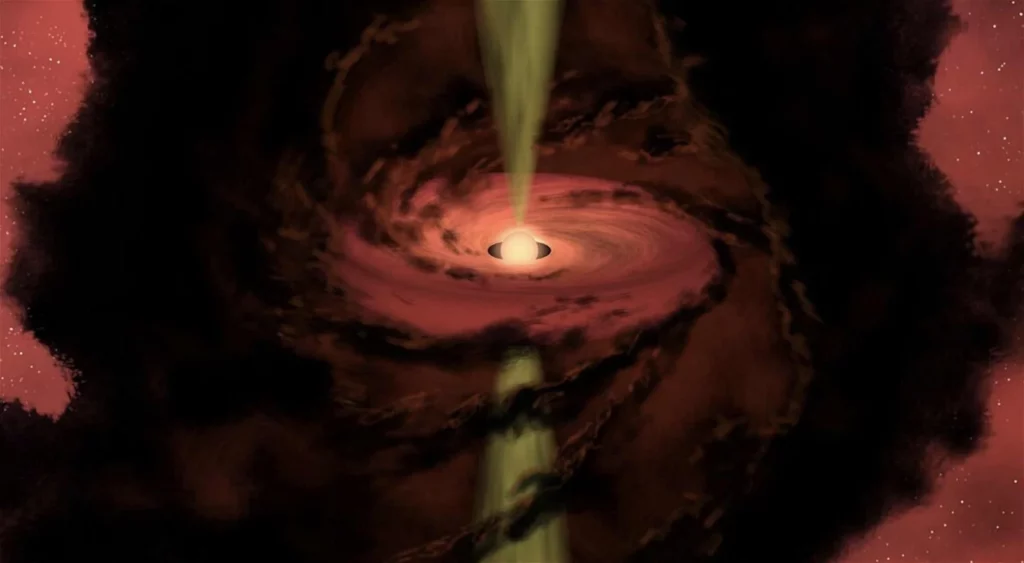Cosmic Cocktails: A Stellar Discovery
The cosmos has served up a surprising mix of chemical compounds around two young stars, unveiling a universe more chemically rich and complex than previously understood. Using the James Webb Space Telescope, astronomers have detected the presence of organic molecules, including acetic acid and ethanol—the primary components behind vinegar, ant stings, and even your favorite margaritas—encased in ice around the protostars IRAS 2A and IRAS 23385. This groundbreaking discovery highlights the potential for life’s building blocks to be more widespread in the universe than ever imagined.
A Glimpse into the Origins of Life
The identification of these organic molecules in solid form around young stars is crucial for understanding the chemical pathways that lead to the formation of complex organic molecules in space. Such molecules are believed to play a pivotal role in the genesis of life, offering a tantalizing hint that the conditions necessary for life could exist far beyond our own solar system. The findings, hailed as a significant stride in astrochemistry, shed light on the potential habitability of future worlds that may orbit these stars.
From Cosmic Dust to Complex Chemistry
The presence of these complex molecules around protostars suggests that the icy mantles of dust grains in space could serve as the birthplaces for chemistry essential to life. As these molecules become incorporated into comets and asteroids, they could eventually collide with emerging planets, delivering the chemical precursors necessary for life. This astrochemical trail from simple to complex molecules, encapsulated in ice and delivered across the cosmos, offers a unique perspective on how the ingredients for life are distributed throughout the universe.
These discoveries by the James Webb Space Telescope not only expand our understanding of the chemical diversity of the cosmos but also hint at the universal processes that might make worlds habitable. As we delve deeper into the mysteries of space, the chemical clues found around IRAS 2A and IRAS 23385 provide a compelling narrative of the cosmic journey from star dust to the building blocks of life.






